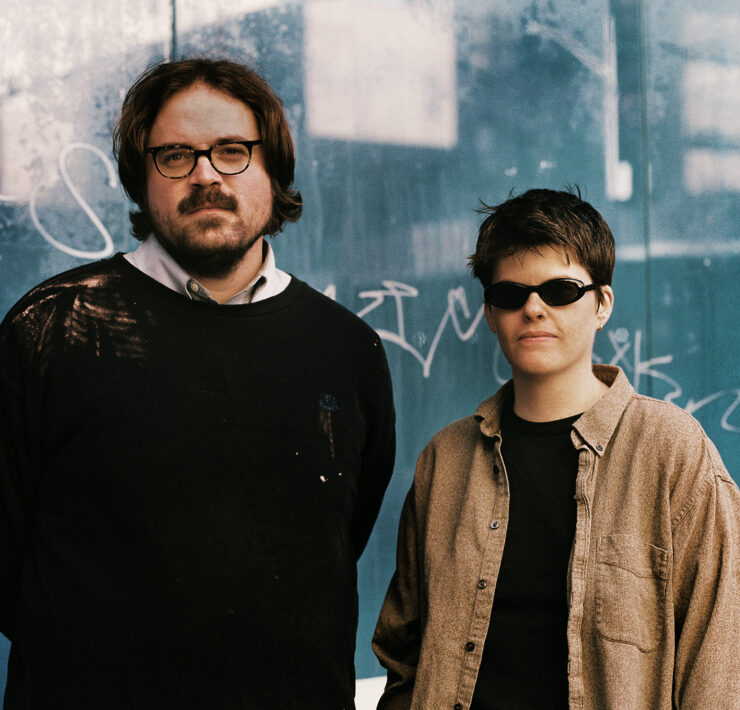Attention Homes Provide More than a Roof for Boulder’s Queer Youth

In 1966, members of an adult Bible study at the First United Methodist Church of Boulder were so inspired by their exploration of current social issues, they created an organization that would make a difference in their community.
This organization would become Attention Homes, a shelter dedicated to providing life-changing resources to youth in crisis.
So what does shelter mean to Attention Homes? According to Executive Director Chris Nelson, “Of course when we talk about shelter, it’s a roof over heads; it’s a physical structure and providing physical needs, but if you look at all the things people need to be well, the number-one most important thing, especially for youth and young adults, is feeling like they belong and that they have a sense of connecting to community and people.”
For Attention Homes, this means shelter must be more than just providing a building and other physical necessities. To really provide shelter to these young people, they feel it’s imperative to create a community where everyone feels safe and that they can be themselves. Providing a community like that requires a real understanding of the larger community they’re situated in, and the misconceptions that surround it.
Boulder is seen as, and generally is, a wealthy and upwardly-mobile community. But appearances aren’t everything.
“There’s a perception of Boulder, and there’s a reality of Boulder, and both are true to an extent,” Nelson said. According to the US Census Bureau, despite a median income of $72,282, there is still a 10.8 percent poverty rate in Boulder County. That means out of the estimated 322,226 people living there as of 2016, about 34,800 were living in poverty. These numbers have likely increased in the past year as the population of the area continues to grow. Because of the county’s wealth, there’s an idea that the youths and young adults experiencing homelessness must come from other places. Nelson refuted that, noting that he works with hundreds of youth who grew up in Boulder.
“Believe it or not, in a ‘liberal, affluent’ community, people are still kicked out of their homes for their sexuality or gender identity,” Nelson said.
The largest number of youths Attention Homes serves are those who self-identify as LGBTQ. This is fairly in line with national statistics; according to the HRC, an estimated 40 percent of youths experiencing homelessness are LGBTQ-identified.
The staff at Attention Homes recognize that these young people need not only access to additional resources, but also to feel even more agency over them. The shelter works on multiple fronts to ensure that queer youth feel safe and in control of their experience while staying there. Hiring queer and trans staff members is prioritized; all single-person restrooms are gender neutral, and paperwork is designed to ensure youths can provide the names and pronouns they actually use.
Attention Homes also coordinates with other local organizations, like Out Boulder and Boulder County AIDS Project, to ensure they have proper community-building and harm reduction resources on hand.
When asked what he’d want people to know about homelessness, Nelson said, “Homelessness is so much more complex than people understand, and there’s no such thing as immunity.”
We often want to find concrete, general reasons for why people experience homelessness so we can better understand, and hopefully combat it, but like all of the issues our society faces, it’s not that simple. Of the 600 youths Attention Homes served last year, no two were the same. Each had a different story of how they had come to be at the shelter, and they were from all sorts of walks of life.
Of course, the effects of disproportionality that face people of color and queer people can’t be discounted and shouldn’t be minimized when it comes to experiencing homelessness, but Nelson wants to emphasize that most experiences are unique. According to Nelson, the stereotypes of who experiences homelessness are inaccurate more often than not.
“The majority of people we see come through here had a complex set of circumstances that led to a real tragedy. But the young people who need our services are no different than the ones a mile and a half away staying in the dorms at CU; it’s just a different set of circumstances.”
While intervention is key, as adults who face chronic homelessness often experience homelessness at a young age, the majority of the young people who pass through Attention Homes will thrive and go on to have happy, successful lives. Looking at how the shelter runs, and the successes they’ve had, it’s apparent that when given the chance to have agency and input to build the communities they want to see, young people can use their resiliency and insight to create better situations for themselves. It’s up to us to do whatever we can to support them in this, and fight the oppressive structures that seek to keep them down.
Nelson put it best.“We can do better; our communities can do better.”










